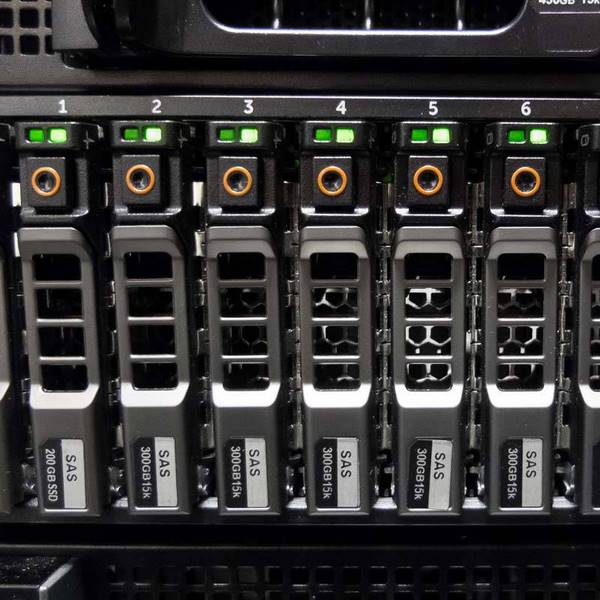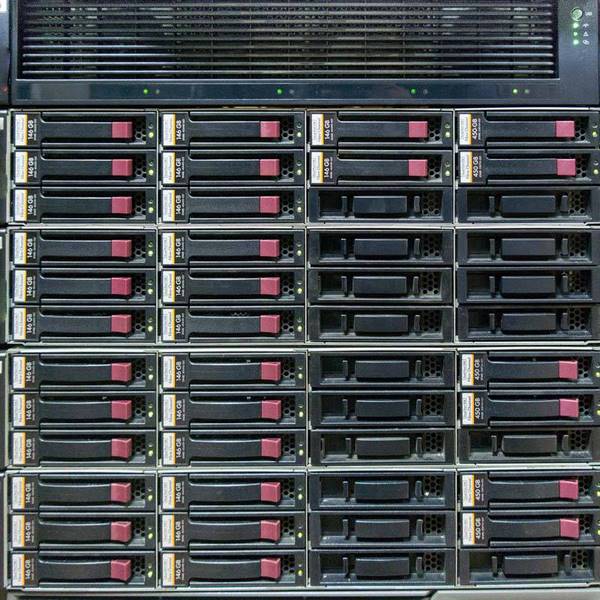RAID 0: stripe set
RAID 0, also known as a stripe set or striped volume, is an insecure RAID system. It means, if one of the HDDs is down, the data will be lost.
Function of the RAID 0
RAID 0 is a configuration mode used in storage systems to enhance performance in terms of data access and writing. It is often utilized in environments where speed is paramount, such as multimedia applications, gaming servers, or systems requiring intensive data processing.
The operating principle of RAID 0 is based on data distribution across multiple hard drives. Unlike other RAID modes that provide data redundancy for better security, RAID 0 solely focuses on performance. This means that no redundancy is provided, which can pose a risk in case of a hard drive failure.
When a RAID 0 is configured, a block size is defined. This block size represents the size of the data blocks that will be distributed across the drives. For example, if the block size is 64 KB, the first 64 KB of a file will be written to the first hard drive, the next 64 KB to the second hard drive, and so on. This technique allows the simultaneous utilization of each hard drive's capacity, resulting in a significant increase in overall system performance.
One of the major advantages of RAID 0 is its ability to considerably enhance data transfer rates. By distributing the data across multiple hard drives, read and write operations can be performed in parallel, leading to higher access and transfer speeds compared to a single hard drive.
However, it is essential to highlight that RAID 0 also presents significant drawbacks. Due to the absence of data redundancy, the loss of a single hard drive will result in the total loss of all data stored on the RAID 0. Therefore, it is crucial to implement regular backup strategies to prevent catastrophic data loss.
In summary, RAID 0 is a storage configuration that offers improved performance through the distribution of data across multiple hard drives. While it provides superior access and writing speeds, it is important to consider the risk of data loss due to the absence of redundancy. RAID 0 is suitable for environments where performance outweighs security, but special attention must be given to regular backup of critical data to avoid irrecoverable loss.
RAID 0 failures
Nevertheless, if a single HDD fails, the whole RAID 0 will be down. Indeed, the files are divided and reparted on all the HDDs, so all the HDDs are needed to get all the parts of a file.
The common RAID 0 failures are :






